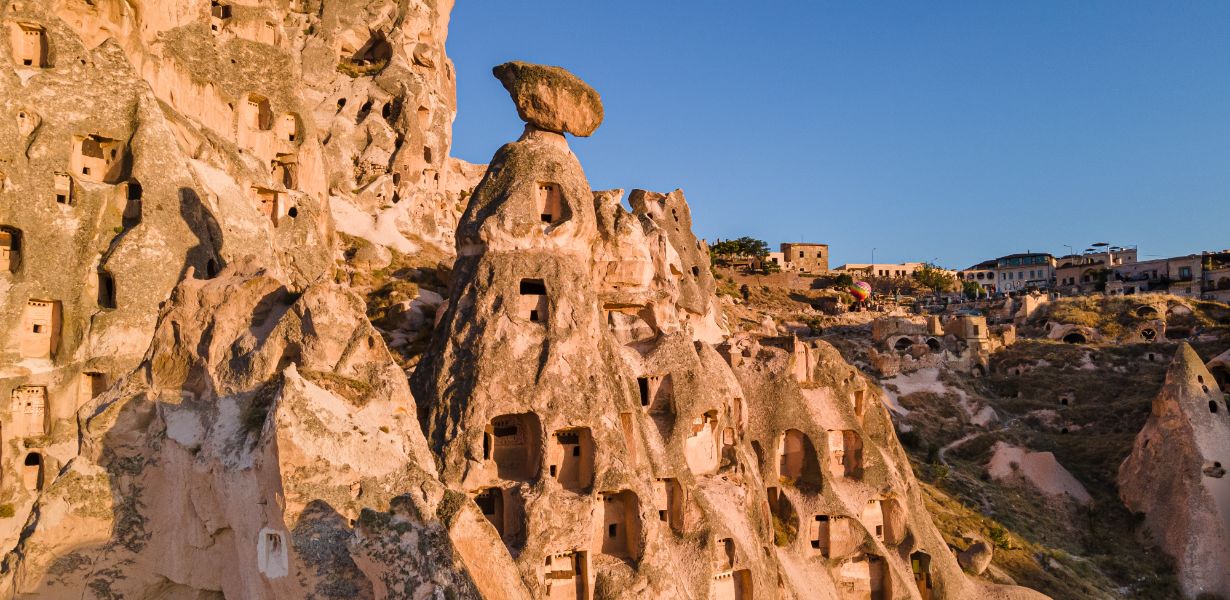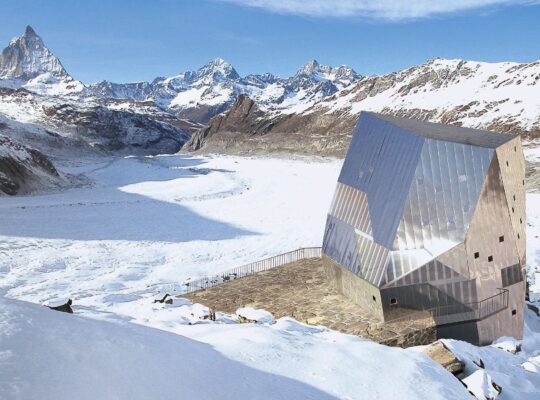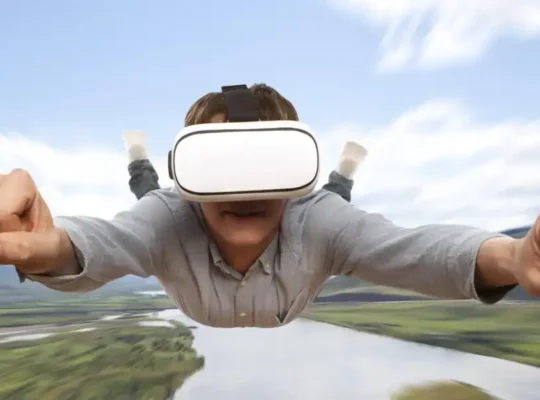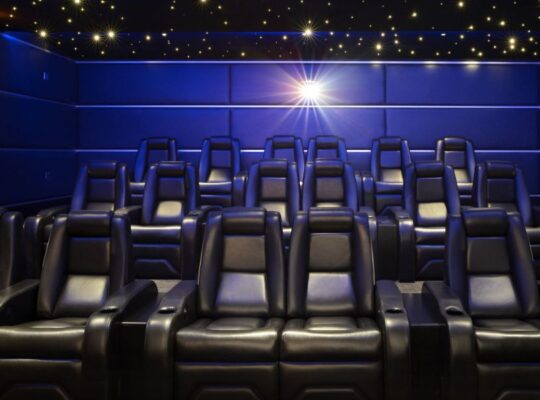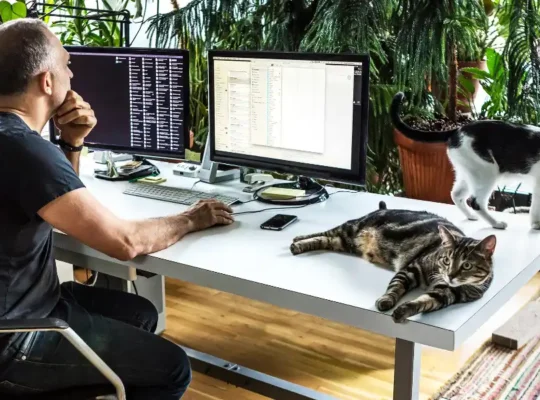We invite you on a digital expedition through time, where the past meets the present in a harmonious blend of technology and archaeology. Welcome to the world of Virtual Reality Archaeology, a realm where we unmask the mysteries of ancient civilizations using the power of modern innovation. Join us on this captivating journey as we explore the past, leveraging cutting-edge technology to unveil the secrets of ancient sites.
Delving into the Past
Uncovering Ancient Mysteries
The allure of ancient sites has fascinated humanity for generations. Our thirst for knowledge, our desire to understand the lives of our ancestors, and our awe of their achievements have driven us to embark on a quest for the truth. Virtual Reality Archaeology is our key to unlocking these mysteries.
The Evolution of Archaeology
Traditionally, archaeology relied on shovels and brushes to unearth the past. Today, we have a digital toolbox that includes 3D scanning, augmented reality, and virtual reality. This shift has revolutionized the way we dig into history.
The Power of Virtual Reality
A Digital Time Machine
Imagine strapping on a pair of VR goggles and finding yourself standing in the grandeur of an ancient Egyptian temple or wandering through the bustling streets of a long-lost Roman city. Virtual reality provides an immersive, sensory experience that allows us to step into the shoes of those who lived centuries ago.
Exploring Ancient Sites in 360 Degrees
VR technology enables us to explore ancient sites in 360-degree panoramic views. Walk through the heart of Machu Picchu, climb the steps of the Great Wall of China, or visit the iconic Parthenon—all from the comfort of your home.
3D Scanning: Preserving the Past
LiDAR and Its Precision
LiDAR technology (Light Detection and Ranging) captures the fine details of ancient structures and landscapes. This high-resolution scanning technique aids archaeologists in creating accurate 3D models.
Digitally Preserving Artifacts
Intricate artifacts, once handled with caution, can now be preserved digitally, ensuring they remain intact for generations to come. This non-invasive approach protects fragile items from potential damage during the physical preservation process.
Archaeological GIS: Mapping the Past
The Geospatial Advantage
Geographic Information Systems (GIS) provide us with the capability to create precise maps of archaeological sites. These maps aid in understanding ancient landscapes, infrastructure, and the spatial relationships between artifacts.
Educating Through Technology
Engaging the Next Generation
Virtual reality and digital tools make ancient history more engaging for students. The immersive experience transforms education into an exciting adventure.
Virtual Field Trips
Schools worldwide are embracing virtual field trips, transporting students to distant lands and times. The fusion of technology and education broadens horizons in ways we could only dream of before.
Final Words
Virtual Reality Archaeology is a gateway to the past, offering us a window into the worlds that once thrived and vanished. It allows us to experience history in an immersive and engaging manner, all while preserving the ancient sites for future generations. This digital marvel has transformed the way we explore, learn, and connect with our rich heritage.
Commonly Asked Questions
Q1: How accurate are 3D models created with VR archaeology?
3D models generated through VR archaeology are highly accurate, capturing even the finest details of ancient sites and artifacts.
Q2: Can anyone access VR archaeological experiences?
Yes, many VR archaeological experiences are accessible to the public through apps, websites, museums, and cultural institutions.
Q3: What is the role of LiDAR in archaeology?
LiDAR technology is crucial for high-precision scanning and mapping of ancient sites, aiding archaeologists in their research and preservation efforts.
Q4: How does VR technology benefit education?
VR technology makes history come to life in the classroom, engaging students and providing them with immersive learning experiences.
Q5: Are there VR archaeological experiences for lesser-known ancient sites?
Yes, VR experiences are being developed for a wide range of ancient sites, including lesser-known and remote locations, to expand our understanding of history.


